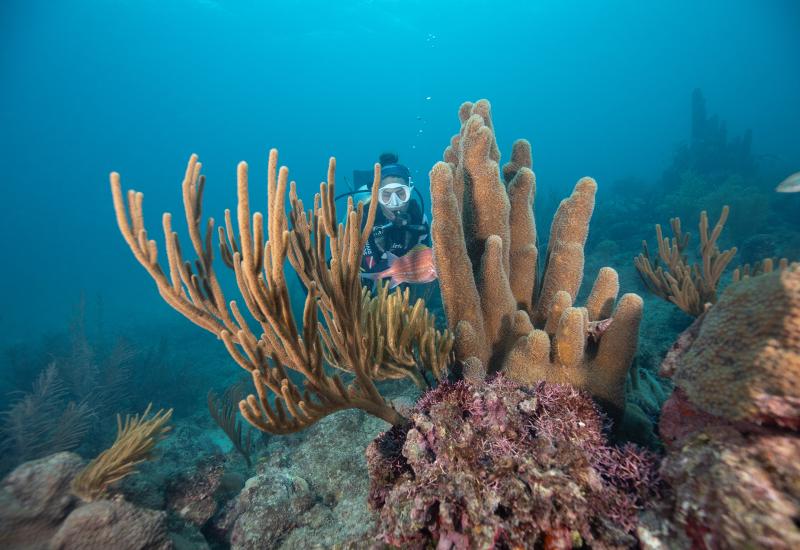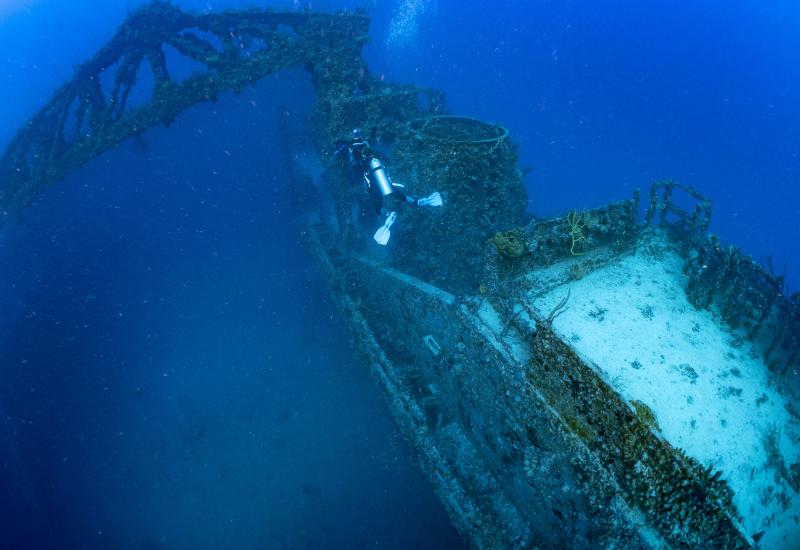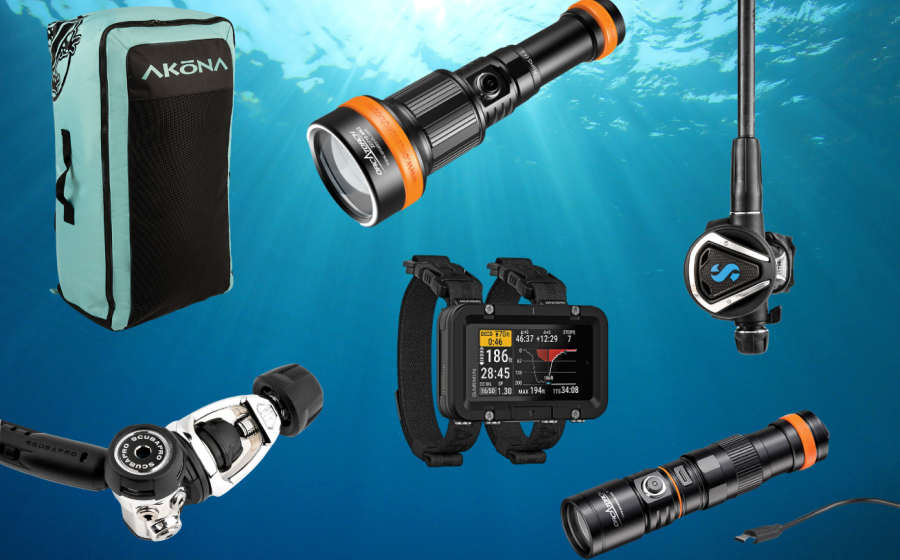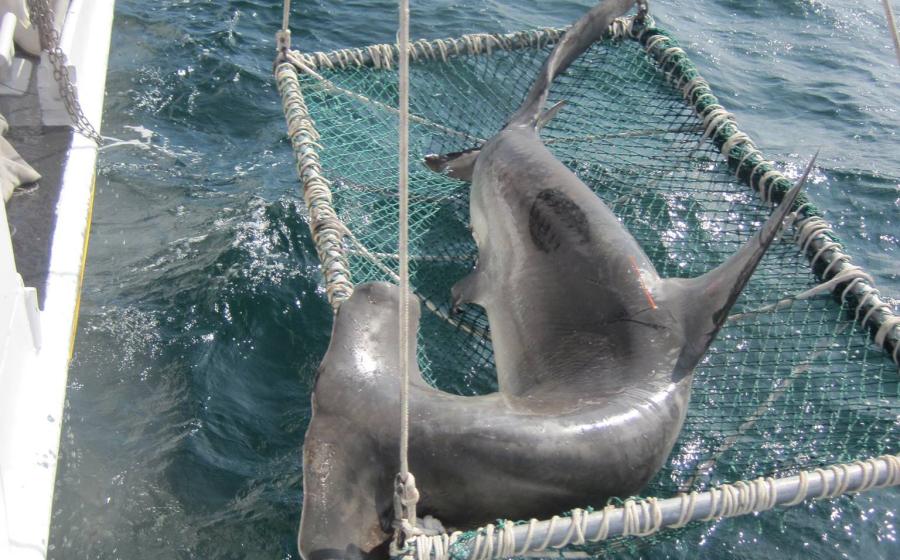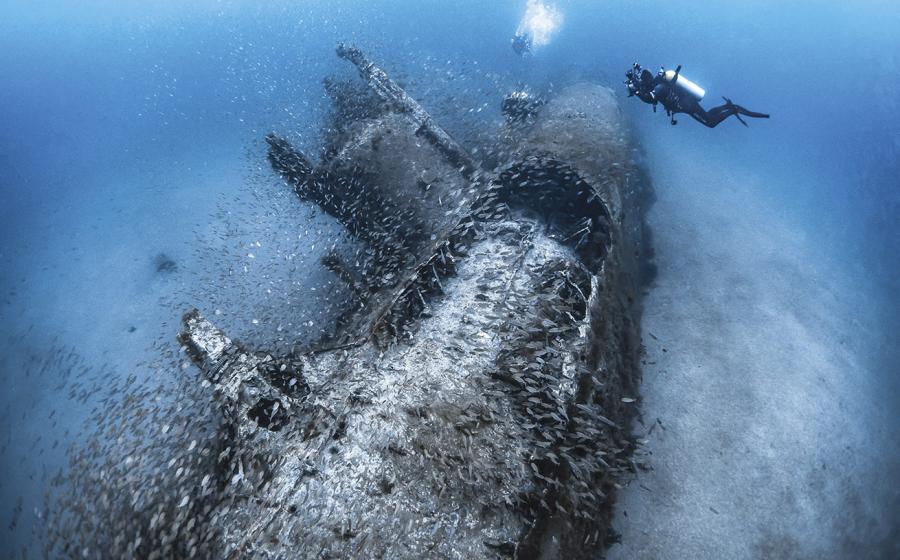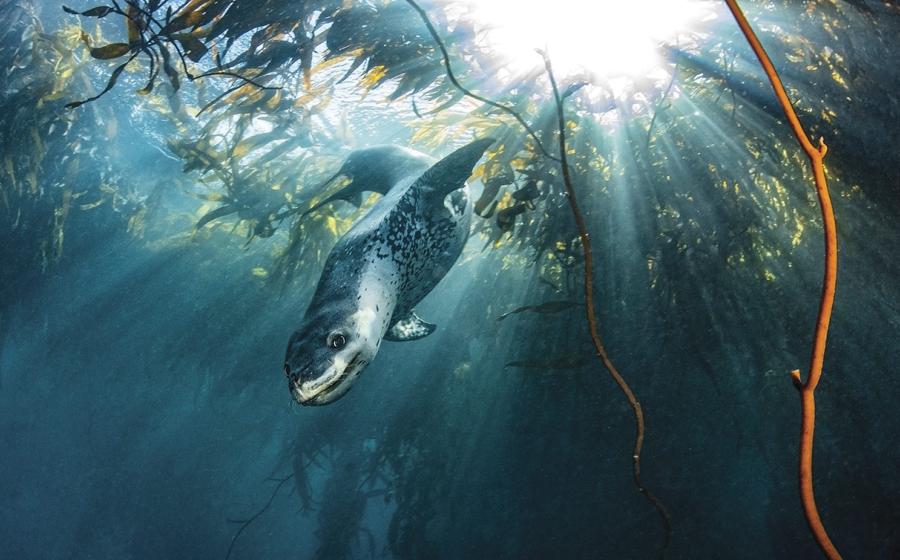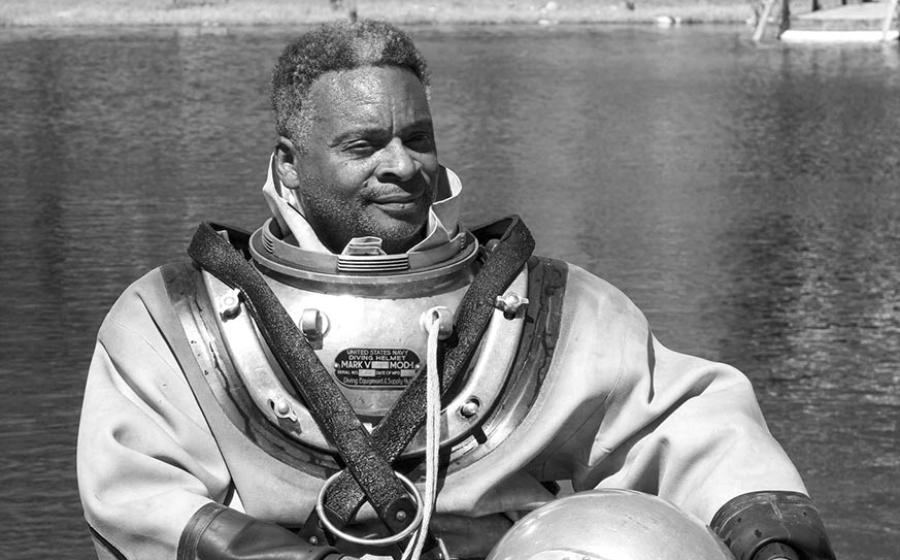Diving The Chester Poling
Four hours after leaving Everett, Mass., on the morning of Jan. 10, 1977, the coastal tanker Chester A. Poling became the victim of a notoriously unpredictable phenomenon: New England weather. All but one crewmember escaped as 30-foot waves and 55-mph winds split the Poling in half less than a mile outside the safety of Gloucester Harbor.
Divers began exploring a month later, but nature wasn't finished with the Chester Poling yet. Mountainous seas caused by the "Blizzard of 1978" pushed her 800-ton stern section--mind you, broken-end forward--almost 300 yards from her initial location. "We got down there and discovered it had left a long furrow in the sand about 15 feet deep," says Jack Hinz, one of the first divers to visit the wreck in February 1977 and subsequently relocate her a year later. "It was just awe-inspiring."
Thirty years after her sinking, the Chester Poling is a vibrant, invertebrate-cloaked testament to the power of nature and an example of the lasting potential of artificial reefs. It's no wonder the Poling has become part of the fabric of the New England diving community: a 15-minute steam from Gloucester Harbor to her 100-foot depth means that both techies and advanced recreational students (the Poling is an extremely popular training site) can get two full dives in and still make it back in time for the first pitch of the Red Sox double-header.
The Poling's turtled bow is a different story--six miles offshore in 190 feet of water, it's generally regarded by those who've been there as a far cry from her more accessible, shallower half. "All the action's on the stern," says Tom Huff of Northeast Scuba. "I've got hundreds of hours on it and I still think it's a great dive."
Dive In
Water Conditions: Surface water temps range from 40 degrees in winter to the mid-60s in summer; at depth, 40 degrees. Vis reaches 70 feet in winter and drops to 30 feet in summer because of algae blooms.
Location: Gloucester, Mass., off Cape Ann's Eastern Point.
Dive Drill: Advanced skills needed; only properly trained divers can penetrate the wreck.
Dive Operators: Northeast Scuba (www.northeastscuba.com), Cape Ann Divers (www.capeanndivers.com).
Links: www.mwdc.org/Shipwrecks/poling.htm, www.cape-ann.com/tourism.html.
Four hours after leaving Everett, Mass., on the morning of Jan. 10, 1977, the coastal tanker Chester A. Poling became the victim of a notoriously unpredictable phenomenon: New England weather. All but one crewmember escaped as 30-foot waves and 55-mph winds split the Poling in half less than a mile outside the safety of Gloucester Harbor.
Divers began exploring a month later, but nature wasn't finished with the Chester Poling yet. Mountainous seas caused by the "Blizzard of 1978" pushed her 800-ton stern section--mind you, broken-end forward--almost 300 yards from her initial location. "We got down there and discovered it had left a long furrow in the sand about 15 feet deep," says Jack Hinz, one of the first divers to visit the wreck in February 1977 and subsequently relocate her a year later. "It was just awe-inspiring."
Thirty years after her sinking, the Chester Poling is a vibrant, invertebrate-cloaked testament to the power of nature and an example of the lasting potential of artificial reefs. It's no wonder the Poling has become part of the fabric of the New England diving community: a 15-minute steam from Gloucester Harbor to her 100-foot depth means that both techies and advanced recreational students (the Poling is an extremely popular training site) can get two full dives in and still make it back in time for the first pitch of the Red Sox double-header.
The Poling's turtled bow is a different story--six miles offshore in 190 feet of water, it's generally regarded by those who've been there as a far cry from her more accessible, shallower half. "All the action's on the stern," says Tom Huff of Northeast Scuba. "I've got hundreds of hours on it and I still think it's a great dive."
Dive In
Water Conditions: Surface water temps range from 40 degrees in winter to the mid-60s in summer; at depth, 40 degrees. Vis reaches 70 feet in winter and drops to 30 feet in summer because of algae blooms.
Location: Gloucester, Mass., off Cape Ann's Eastern Point.
Dive Drill: Advanced skills needed; only properly trained divers can penetrate the wreck.
Dive Operators: Northeast Scuba (www.northeastscuba.com), Cape Ann Divers (www.capeanndivers.com).
Links: www.mwdc.org/Shipwrecks/poling.htm, www.cape-ann.com/tourism.html.

